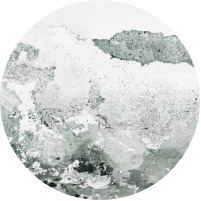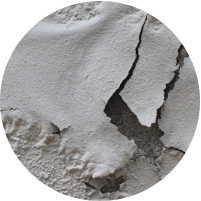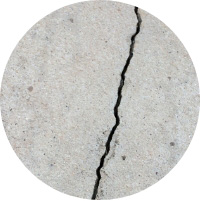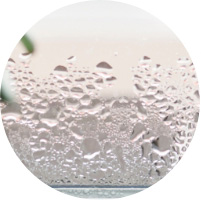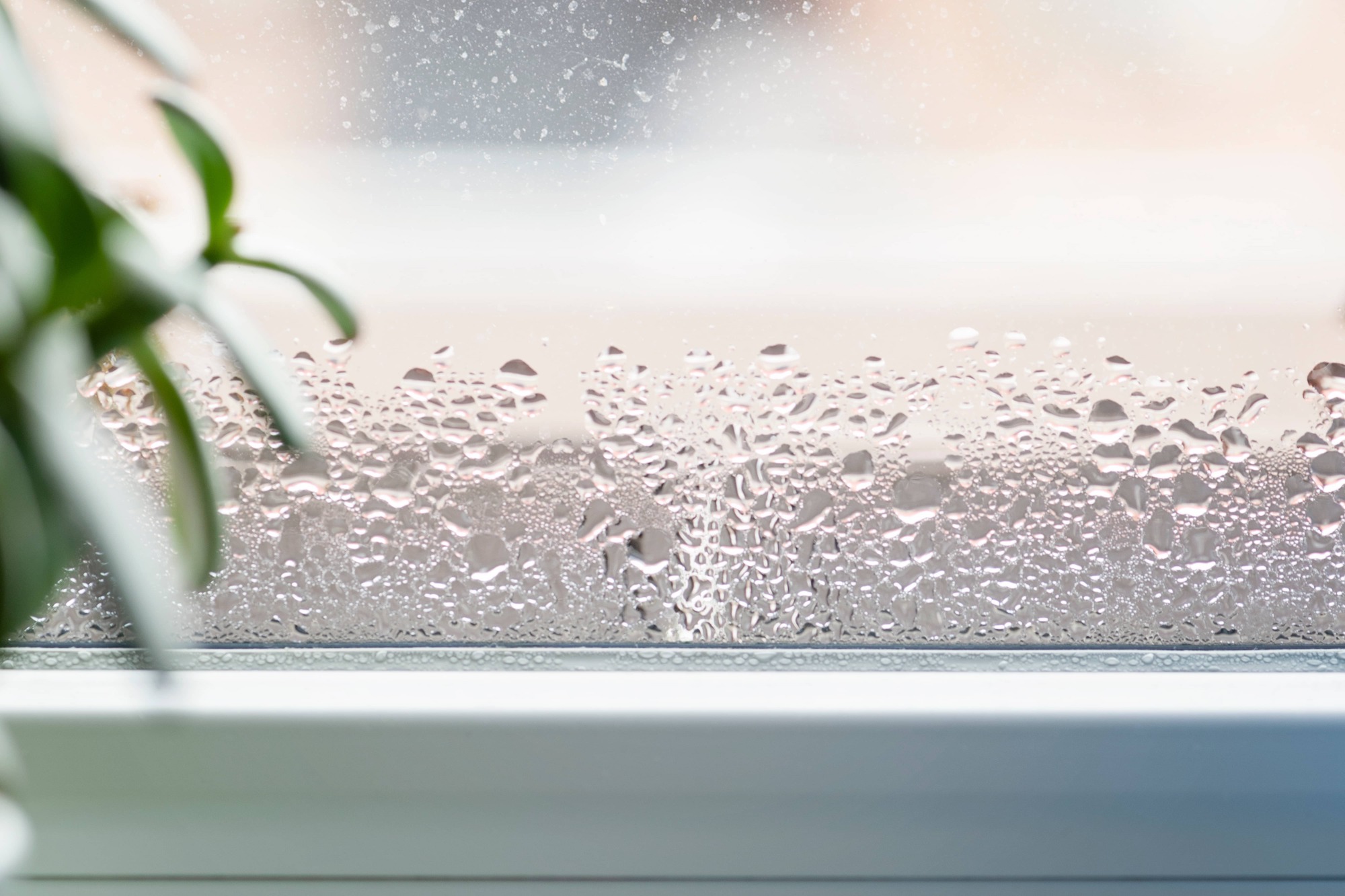
Fogging and condensation: key indicators of humidity problems
Fogging up windows and condensation on surfaces are common signs of moisture problems in many homes. Although sometimes considered benign, these manifestations can actually conceal deeper problems, with harmful consequences for your home and your health. Understanding the difference between fog and condensation, as well as their causes, is essential to identifying, preventing and effectively eliminating related dampness problems.
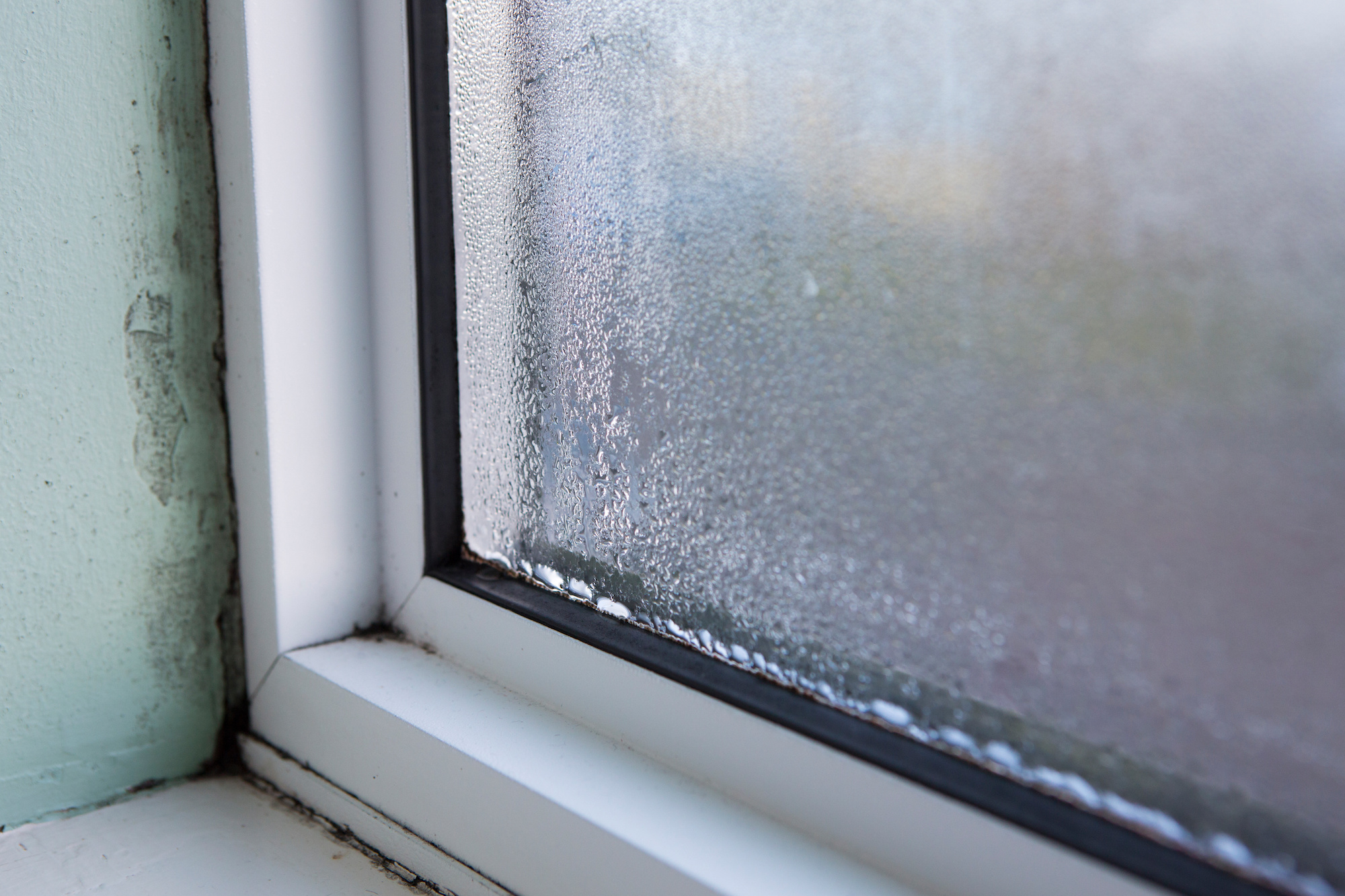
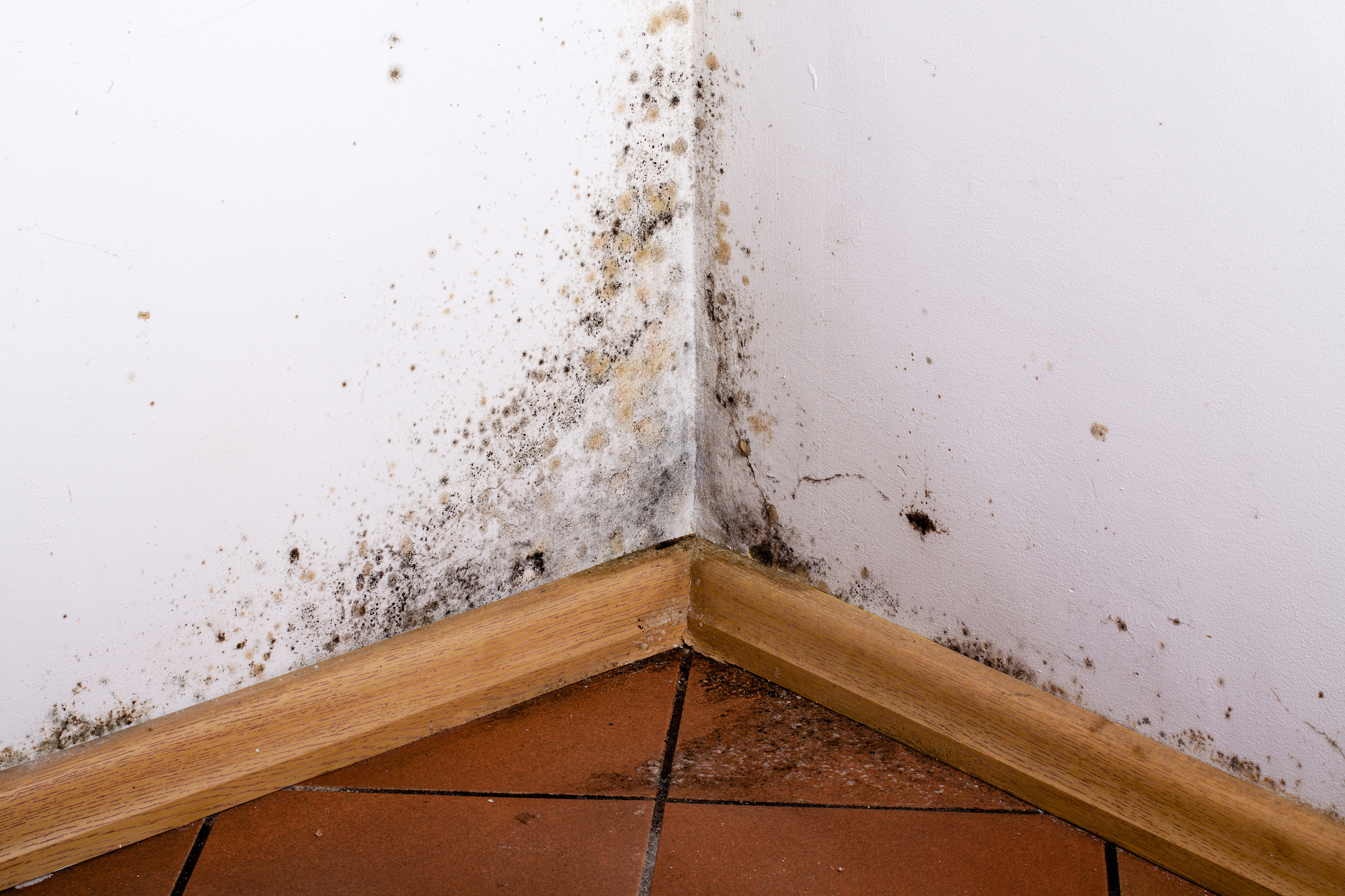
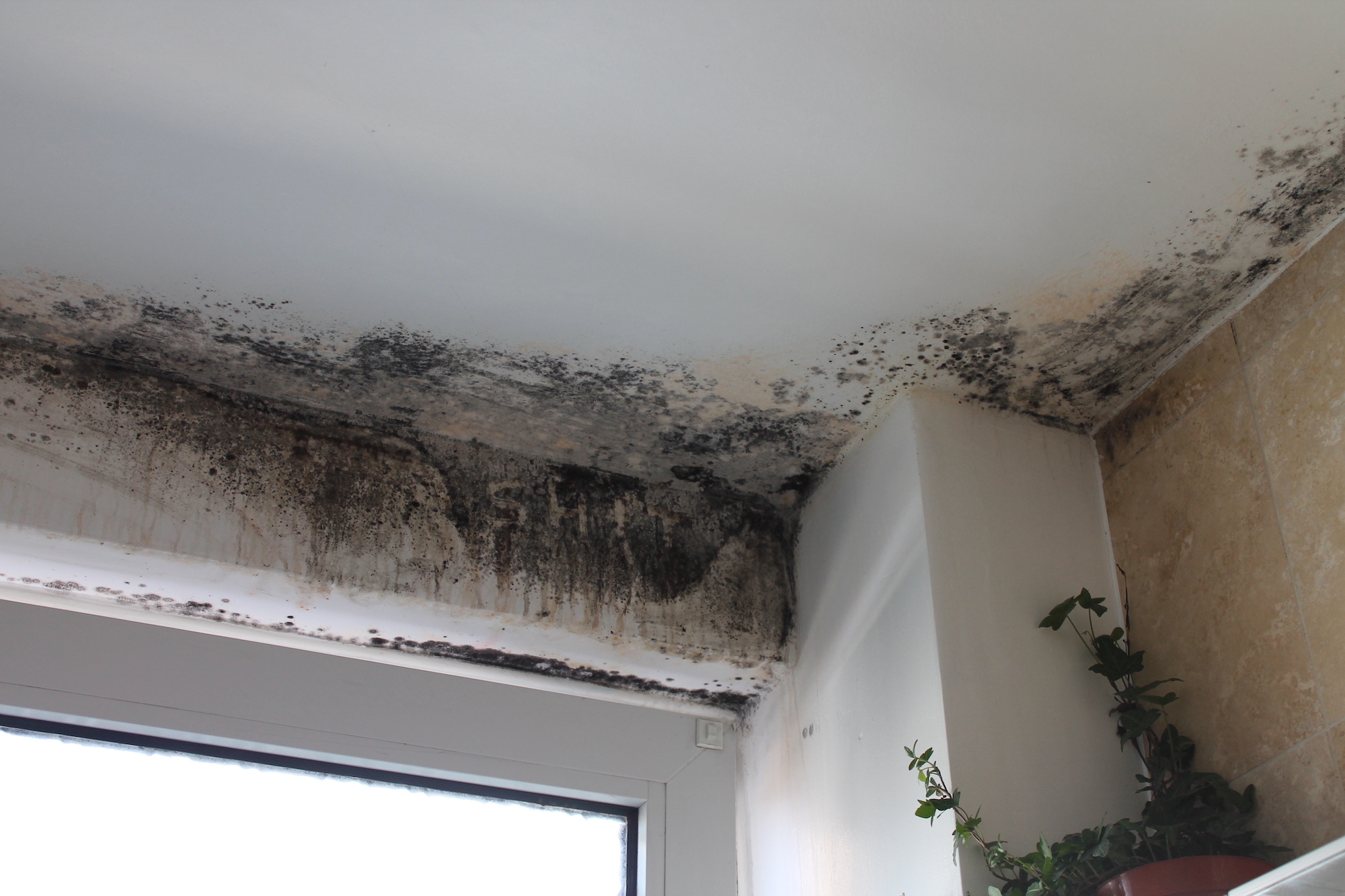
The difference between fog and condensation
It's important to understand that there's a fundamental difference between fogging and condensation, even though both are related to humidity. Fogging refers to water vapour in the air, i.e. ambient humidity that is not always visible to the naked eye. Condensation, on the other hand, is the visible manifestation of this humidity when water vapour turns to liquid on contact with cold surfaces. Condensation is therefore the direct consequence of excessively misty air, when temperature and ventilation conditions are not optimal.
Causes and mechanisms of condensation
Condensation occurs when warm, moist air comes into contact with colder surfaces, such as windows, poorly insulated walls or thermal bridges. When the air cools on contact with these surfaces, it can no longer hold as much water vapor, and the excess turns into droplets: this is the dew point phenomenon. Inadequate ventilation, daily activities that generate water vapour (cooking, showers, laundry), excessive humidity due to other sources such as capillary rise or infiltration, are all factors that favour the appearance of condensation.
Typical development of condensation problems
If left untreated, condensation will progress and aggravate the problem. In stage 1, condensation appears mainly on cold surfaces such as windows, mirrors and sometimes wall corners. In stage 2, mold may appear on room corners, window seals and behind furniture, and unpleasant musty odors begin to make themselves felt. The dwelling then becomes visibly impregnated with moisture. Finally, in stage 3, there may be more serious deterioration of materials, peeling of wallpaper, blistering of paintwork, or even structural problems if the dampness is persistent and intense, rendering certain areas of the dwelling unfit for habitation.
The harmful effects of condensation and condensation fog
Fog and condensation may seem harmless, but they are actually the precursors of more serious moisture problems. They can cause structural damage and affect indoor air quality, leading to deterioration of wall coverings, mold growth and the proliferation of dust mites. Not only are these elements detrimental to the integrity of your home, they can also have adverse effects on the health of occupants, causing allergies, respiratory problems and general discomfort.
Murprotec expertise: diagnosis and treatment of condensation problems
When faced with recurring condensation and fogging problems, it's crucial to take action. As our customers point out, "The longer you wait, the worse the problem gets, whereas a simple intervention can put everything back in order." Murprotec's expertise is an invaluable asset when it comes to identifying and dealing with these problems.
We start with a free, precise diagnosis (value CHF 350.-). Our qualified technicians use state-of-the-art tools to assess humidity levels, identify the sources of condensation (stains, mold, blistering paint, physical symptoms) and understand the mechanisms at play. This in-depth diagnosis enables us to determine the exact causes of the problem.
We then propose customized solutions. These may include improving ventilation (e.g. with Mechanical Insufflation Ventilation), treating thermal bridges, or other specific interventions to permanently eliminate condensation and its causes. Our products, produced in our own factories, guarantee a direct circuit and unique efficiency. Our work is backed up by a follow-up inspection on average 18 months after completion, and a warranty of up to 30 years, ensuring a healthy, comfortable environment.
 The signs
The signs
 The consequences
The consequences
 Humidity in the home
Humidity in the home
 The causes
The causes
 Solutions
Solutions





 Our branches
Our branches

